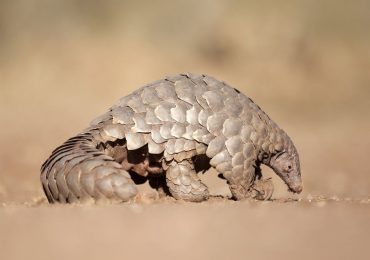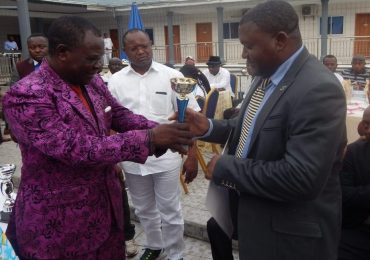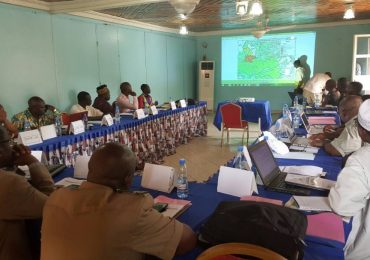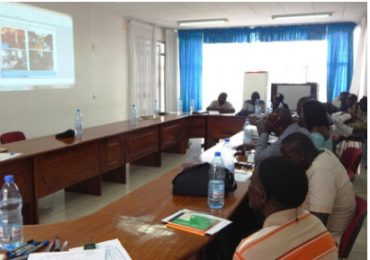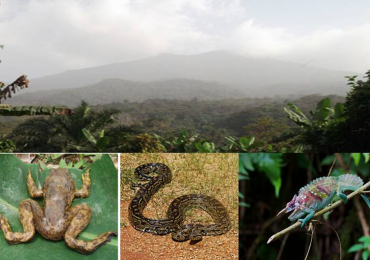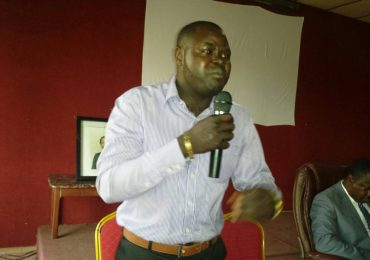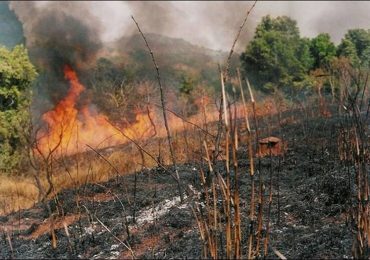The 2013 national budget allocated four main ministries directly concerned with the promotion of green economy in the country is a paltry 147.640 billion out of a grand total of 3.236.000 billion francs cfa.
BY BERTRAND S. NDIMUH
This would be pittance for the Ministries of Environment, Nature Protection and Sustainable Development; Forestry and Wildlife; Livestock, Fisheries and Animal Industry and Agriculture and Rural Development, which occupy a percentage of 4.56 of the total budget.
This is despite the 15.6 percent relative increase in the budget as at last year; from 2.800 billion to 3.236 billion.
The budget might also fall short of promoting the much-trumpeted green economy, which the head of state, Paul Biya, pledged to engage in his statement during the 67th session of the UN General Assembly in New York, September 26, 2012.
The President promised to introduce more economic, social and environmental dimensions of sustainable development at all levels of his action in the country, as a means of giving future generations a livable world per the Rio+20 Green Economy resolution of ensuring development capable of satisfying both the needs of the people and preserving the environment.
The allocation of the 2013 budget and envisaged projects, have rather left much to be desired as far as honouring this pledge is concerned.
Over 6 months in the financial year, little or no specific projects have yet been earmarked that can actually yield any meaningful contribution to the promotion of a green economy in Cameroon apart from pipeline plans to increase agriculture production between 2013 and 2015.
Statistics from the 2011 Human Development Report indicate that an average of 204 people out of every million in Cameroon, fall victim to natural disasters with 15.3 percent of the population living on poor quality land and indoor air pollution that leads to the death of 664 people out of every million.
Other international reports indicate that Cameroon’s vast natural resources and highly diverse ecosystems, biodiversity and biological resources have, over the years, suffered from significant pressures that have led to the deterioration of its forests with a 0.9 percent annual deforestation rate and a steady reduction of arable land per inhabitant.
Though the country has for the past years embarked on countless tree planting exercises nationwide planting thousands upon thousands of trees (though with little or no follow-up mechanism for sustainability) with tremendous efforts made in the light of wildlife conservation and combating deforestation, much still has to be done to honour the country’s pledge with the international community like the Convention on Biological Diversity and the United Nations Framework Convention on Climate Change, and most recently the head of state’s declaration at the 46th UN session to promote green economy, as well as make the environment a better place to live in by the future generation.
As the country brazes up to face the next financial year, it is incumbent on the government to revisit the Growth and Employment Strategy Paper, dust out her initial plans to preserve and regenerate the forests, protect soil fertility, and preserve water resources and biodiversity, structure concrete projects in this light, for sustainable development, and a sustainable Cameroon.


